- Index
- » Articles
- » Reviews
- » PlayStation 4
PlayStation VR Review
Full scale virtual reality arrives in its most affordable form yet, and feels at home on the PlayStation 4
2016 was truly the year that marked the arrival of widely-available virtual reality devices into the hands and homes of consumers. From HTC Vive to Oculus Rift, enthusiasts everywhere were finally able to try the hardware, and experience the new frontier of consumer technology. But these debuts certainly carried a high barrier to entry – their standalone costs, plus the requirement for a powerful PC, placed them into a tier still rather tough to reach for most. Sony was observing this momentum, and had their own card to play. After years of development, the PlayStation VR released earlier this month. Offering solid design and an accessible price point, though not without some glaring problems, this VR headset marks the true beginning of consumer-friendly virtual reality at an accessible price point.
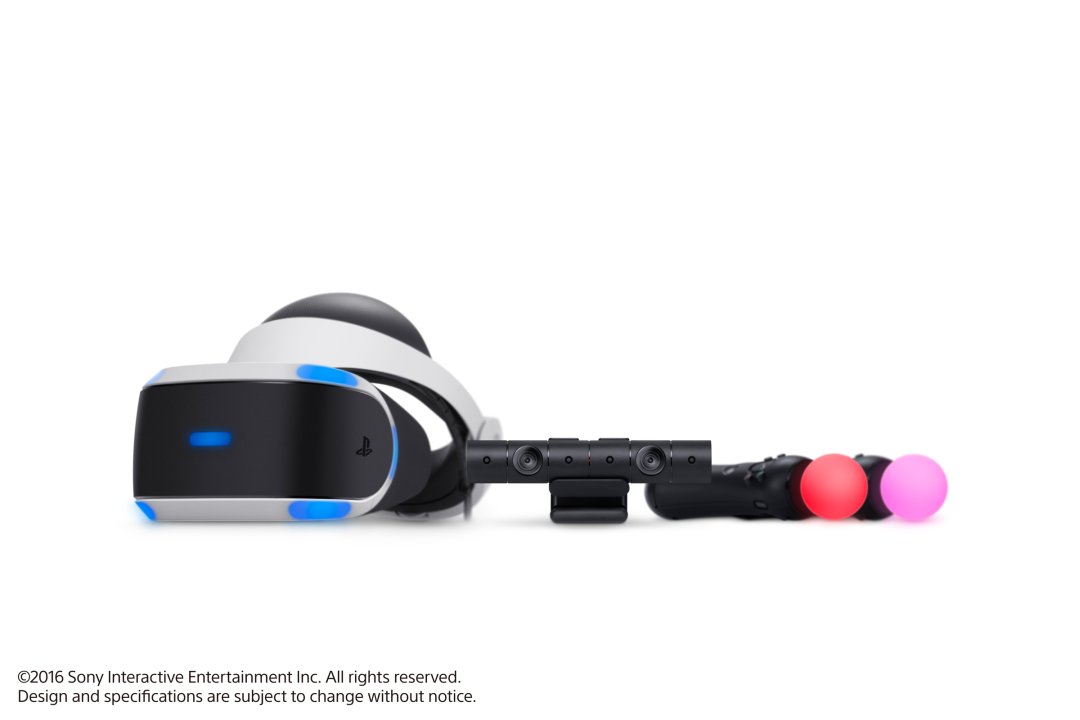
The PlayStation VR headset features an OLED display, running at 1920×RGB×1080 (960×RGB×1080 per eye) resolution and supporting refresh rates of 120Hz and 90 Hz. The system offers approximately 100 degree field of view; on the wiring leading into the headset, there is a convenient adapter that provides an AUX port for headphones, it has a built in microphone, and a set of buttons (mute, turning headset unit on and off). To operate VR with your PS4, you’ll also need the included sizable “processor unit”, sized at 143W×36H×143L mm. The retail PS VR bundle includes all components to put the system together (incl USB and HDMI), as well as clear instructions. Additionally, each cable is easily identifiable thanks to a number tag, so you know what connects to where and in what order. However, do note that PS VR does require a PlayStation Camera to actually operate, which is not included with the core bundle.
Hooking up the system together is relatively straightforward - as mentioned, the instructions are very easy to follow and each cable has a helpful tag on it. You'll need access to the back of your PS4 to connect the PS Camera (if you don't have one yet), as well as run the HDMI cable from your TV to the Processor unit instead. You're essentially adding the processor unit in between your PS4 and TV. Turning the whole thing on is easy, as the Processor unit is powered via its own power supply, and it gets turned on by the PS4 via a USB connection. The whole setup is relatively free of wire clusters, depending on how well you're able to put it together. The only thing that stands out is the reminder that the PS4 could really use more USB ports. The console only has 2 - now that one is taken up for the PS VR Processor unit, it leaves you with just one USB connection to charge your controllers - or it's even trickier if you now also have the PS Move to enhance your PS VR experience; the Move controllers need USB charging too.
With everything powered on, the PS4 boots up and helpfully notifies you that the PS VR headset is on and operational. There aren't really any setup steps for initial connectivity; the system may download a firmware update, but that's about it, the headset is ready to use. Before putting it on, however, it would probably be best to calibrate the lights. The headset features a series of lights that are used to track your head movements, and the PS4 will guide you through a quick calibration process to ensure the lights line up with the PS Camera. Once that's done, ensure your surroundings are clear, a controller is within reach, and it's time to check out VR. Putting on the headset, you should find that it is quite light, and rests comfortably on top of your head.
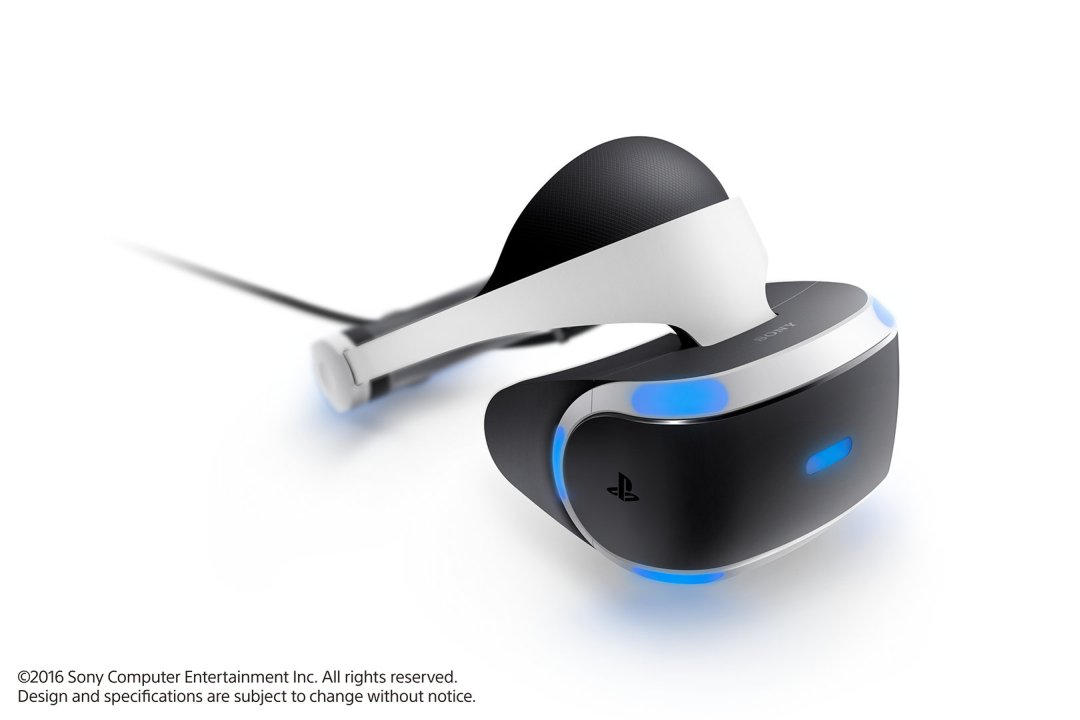
Unlike other VR hardware, the PS VR acts less like strapping on a pair of goggles, and more like hanging a screen in front of your eyes. Once comfortably on your head, you can use a button to slide the screen closer to your eyes for a good fit. Thanks to this design, the system is not going to leave any marks on your face even after prolonged use. We've also been told by colleagues who tested the system while wearing glasses, that this design is excellent for their comfort. On the other hand, you're never going to get a tight fit, and some external light may leak into your view, though it is minor. Also, hopefully the slider and lock-in mechanism prove to be durable, otherwise it may render your expensive headset unusable because of some plastic piece. Other notable quirks include a rubbery smell that the unit emits, since that's what the face cover is made of, but at least it's very comfortable and we had no issues with heat. Also, we've often found that to get the best fit for the headset required it to sit slightly higher on the face than normal; this eliminates blurriness issues particularly at the top of the view. But these are minor nitpickings.
Now, you're in VR. Enjoy it. Be awestruck by it. Well, actually you're probably just looking at a big screen version of your PS4's XMB home screen. This is called Cinematic Mode, essentially letting you do all the usual PS4 activities, but while using the VR headset to get a huge movie-like view. It works well as intended, and you can enjoy your movies or other content while observing it from within the VR headset. If something feels off or your view is not centered, the PS VR has an excellent and highly useful feature - simply pressing and holding the Options button on the controller for a moment re-centers your view to where you're facing. This is a highly useful feature that's easy to do and comes in handy. You can also press and hold the PS button on your controller to get a quick menu that includes the basics, like what game you're playing, friend status, muting your microphone and more. Operating the PlayStation VR at a basic level is easy and intuitive.
But one thing you'll notice right away is the reduced resolution quality. Because of the immense amount of processing and pixels that are required to render in 360 degrees of view, the PS4 isn't quite capable of producing the same quality of visuals as you'd see on your normal TV. This isn't as much of an issue in Cinematic Mode since your video output is still limited to a set large screen in front of you, but as you get into games and 360 degree videos, it becomes easily notable. For example, a 1080p video is stretching those pixels all around you, so as you can imagine what you're actually seeing at any given moment is far from 1080p per eye, and it looks closer to DVD or even worse resolution. Go ahead, look at any 360 degree videos on YouTube, and you'll notice how low resolution they feel. The PS4 comes with a few different apps, like Vrideo and Littlestar VR Cinema, that offer collections of 360 degree videos for you to check out. While impressive for a moment, you quickly realize that they look rather terrible, even at 2K quality. To get true 1080p quality in each eye in VR, you'd need to look at 8K video or higher. This greater problem is certainly not the PS VR's sole burden to carry, but you should be aware that pretty much everything you see in VR mode is going to look notably to significantly worse than you're used to.
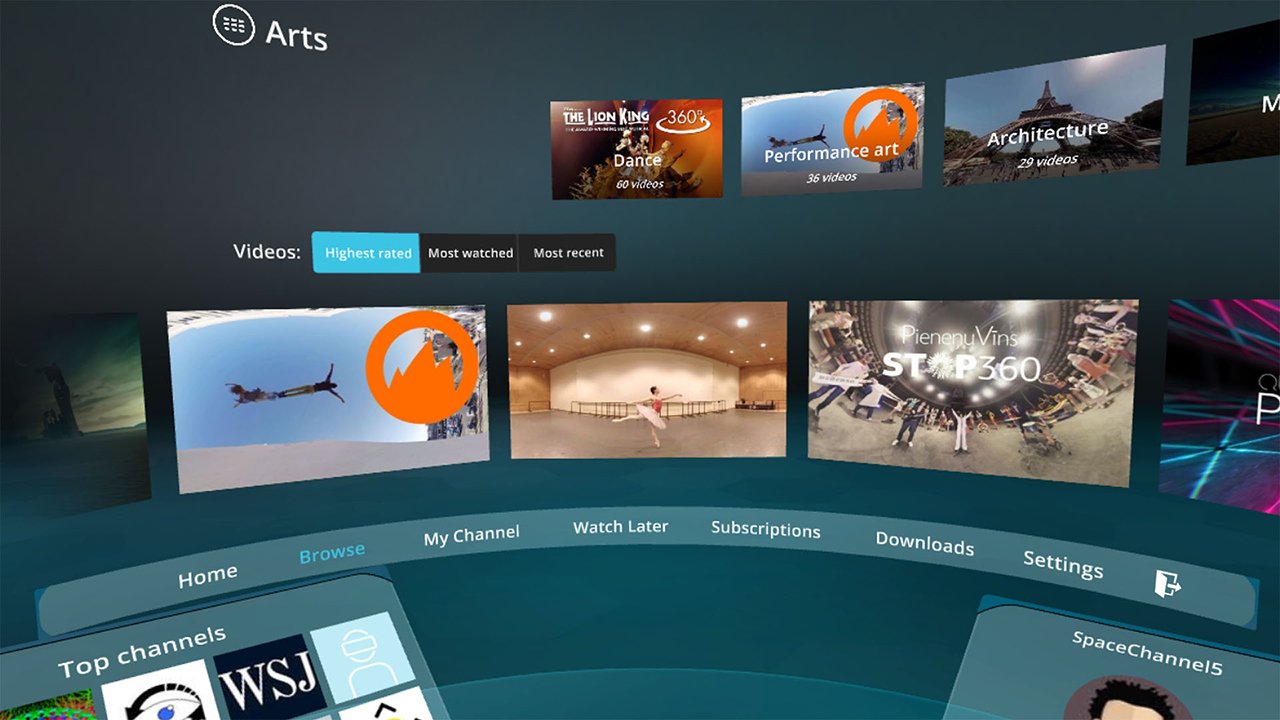
The underwhelming visual quality translates directly into PS VR games. While players will find a variety of brand new, as well as re-release titles on the launch lineup, the games won't look all that great. However many games try to get around this by adopting a more cartoony or non-realistic visual style, such as Harmonix Music VR, Danger Ball in PS VR Worlds, or Wayward Sky. The resolution issues stand out much less in this case, and similarly the non-interactive free movies like Allumette and Invasion also benefit. But not all games can get away with a softer art design, so the likes of DriveClub VR can look quite poor. Trying to aim at a distant object in Battlezone VR is painful as you're starting at a bunch of pixelated shapes. Games that offer "VR modes" instead of being VR-only (like Rez Infinite and Super Stardust Ultra VR) offer a direct comparison, as they can be played without VR and you can observe and contrast just how much the VR mode has to sacrifice anti-aliasing, effects quality and draw distance. But on a positive note, as it's more important than ever to offer a smooth framerate in all VR experiences, and in the launch lineup of titles we've tried there were absolutely no issues with performance in any of the games.
So they may not look as good, but what about the gameplay, and the actual experience of virtual reality? The launch lineup of games use the PS VR in various ways, some are underwhelming while others entirely immersive and impressive. All titles, of course, provide you with a virtual view of your surroundings, with some also supporting head movements. For example, in Wayward Sky or Tumble VR, the ability to look in different directions doesn't really add anything to the gameplay, and oftentimes there's nothing worthwhile to see anyway that's not directly in front of your view. Games like Thumper, SuperHyperCube and Super Stardust Ultra VR simply offer a 3D perspective that can be slightly shifted around, and not much else. It's cool, but not exactly game-changing. But then there are games that use the VR to effectively immerse players in their worlds, such as Until Dawn: Rush of Blood, DriveClub VR and PS VR Worlds. These titles try to engage users from different directions, and even though there's not always a gameplay reason to look sideways or behind you, the immersion factor keeps players highly engaged.
Lastly, there are titles that not only create fully immersive 360 degree worlds, but also use them effectively for gameplay purposes. Searching for clues behind objects in a morgue, or in the middle of an action scene recreation all around you in Batman: Arkham VR is both effective and serves a gameplay purpose. Looking for your next target in RIGS, while dodging projectiles, is crucial to success. There are few games in the PS VR launch lineup that truly take full advantage of the system - both immersing players and using gameplay mechanics that utilize the virtual space - but hopefully with time, we'll see more of these types of experiences.
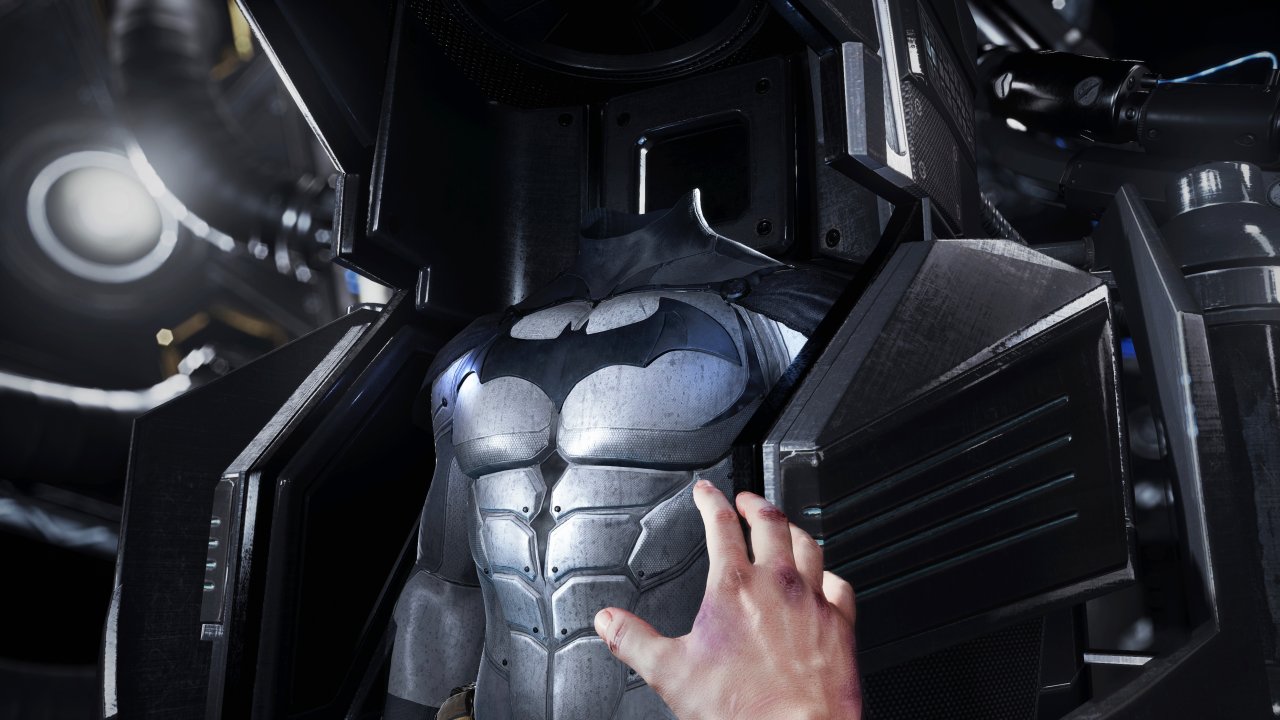
Many of the launch lineup games have free demos available, so you can try them out and see what works. There's also the entirely free and excellent The Playroom VR, a collection of minigames that support multiplayer and offer a very fun time. Now is a good time to mention that the PS VR has a Social Screen feature, which basically means that the TV always displays what the PS VR player is seeing. This means others can passively participate in whatever game you're playing. Or, in the case of Playroom VR, they can even actively engage with the minigames, even without using a controller. If you're just starting out and want to involve others, who aren't quite ready to put on the VR headset themselves, Playroom VR is an excellent title to grab.
If you're looking to further immerse yourself in PlayStation VR, there are numerous games that support PS Move controllers, marking a sort of revival of the motion tracking tech that Sony debuted all those years ago. The controllers still work fine and don't suffer from too many tracking issues - whether you're stacking blocks in Tumble VR or pretending to be Batman, having motion controls does add another layer of captivation to the experience. Not all games execute this well - PS VR Worlds' London Heist or the basic controls in Wayward Sky don't really gain much from using PS Move, and occasional game-specific tracking issues further dampen the joy.
There are games that prefer that a player stand up, rather than sit, which can cause some logistical nightmares depending on your living room space and where the PS Camera can be positioned. Sony advises a certain ideal play area, between 0.6 and up to 3 meters away from the PS Camera, but for best results it's definitely better to be closer than further away. But when standing up, you obviously need more space and need to adjust your distance to the camera so the PS Move controllers can remain in view even though your hands are down. Some games, like Batman: Arkham VR, have a very good calibration system before you start playing, ensuring you are in an optimal position. Other games present a simple camera view, so you can look at your play area and ensure it is clear. Some games offer no calibration or view at all. It is definitely helpful to include some sort of calibration, and hopefully more games follow the example of Batman in this regard.
Whether you're watching a 360 degree video or playing through an action game, the PlayStation VR headset works quite well for keeping track of your view. Looking up/down, left and right and even behind you, the headset keeps your point of view locked in well and there are no issues with the system on a basic level. This is important for any VR experience to be enjoyable and immersive. When it comes to PS Move tracking, it can be less consistent. Because the PS Camera cannot see the controller's lights if you turn around, it may result in some awkward behavior. Also, not nearly enough games virtualize the controllers (so that you can see them in VR), which can make things awkward and disorienting. Both the PS Move and PS VR can suffer from a dizzying effect, however, as your view will quickly snap back and forth a little, as the PS Camera is seemingly trying to adjust your positioning. Some games handle it well, like DriveClub VR, while in others it becomes very obvious and distracting.
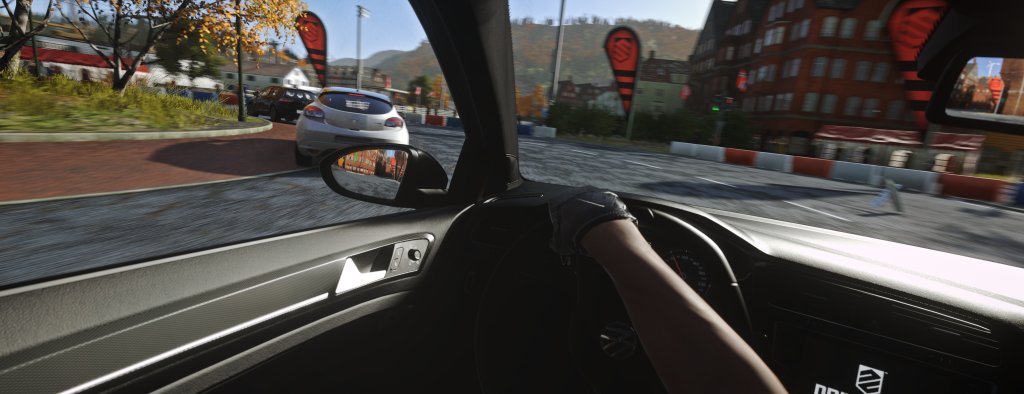
But by far the worst issue we've found with PlayStation VR is the so-called drift. Basically, anytime you're enjoying some VR gameplay, you may suddenly find yourself looking off to the side. Before long, you realize that your center of view has shifted completely, and you're staring sideways at objects that should be in front of you. For example, in DriveClub VR you start the race looking straight ahead as normal, but by the end of lap 2 you're facing 45 degrees off (either left or right, we've had it happen in both directions). By end of the race (5 minutes), you are literally looking sideways. In Wayward Valley, the levels in front of you shift gradually until the entire game is being played to your side. In Until Dawn and RIGS, you can eventually observe your avatar's hands and feet facing completely off center. This is an extremely infuriating and game-breaking issue.
We did a bunch of digging to ensure it wasn't just something on our end, or an issue isolated to our unit. Quick online searches produced tons of folks experiencing the same problem, with few resolutions offered. Sony does have an article up now on the issue, but all it says is ensure you have ideal playing conditions and sit a proper distance away from the PS Camera. In order to troubleshoot, we tried a vast variety of setups, re-calibrations, adjusting the position of the player and the camera, many different lighting conditions, entire setup reboots, and nothing seemed to help. The issue occurs intermittently, and across almost all PS VR launch games; using Options button to re-center the view did nothing. Some sessions it may happen, and some it may not. The only way to resolve it is to restart the game, or reboot the headset (which is surprisingly very quick). The other odd fact is that the drift only occurs in the game - if you bring up the PS4's XMB, it is still back in its original position, comfortably centered in your actual field of view. This makes us feel that it's a software issue that will hopefully be resolved one day. But as of now, this drifting problem is a serious issue that severely annoys and impacts your entire PS VR experience.
PlayStation VR is compatible with the PlayStation 4 (and upcoming PS4 Pro). The core PS VR system is priced at $399.99 USD / $549.99 CAD. There is also a PlayStation VR Launch Bundle priced at $499.99 USD / $699.99 CAD, with the PS VR system, PlayStation Camera, two PlayStation Move Motion Controllers, and a copy of PlayStation VR Worlds. Both versions include a demo disc if you'd rather not download game demos from the PSN.
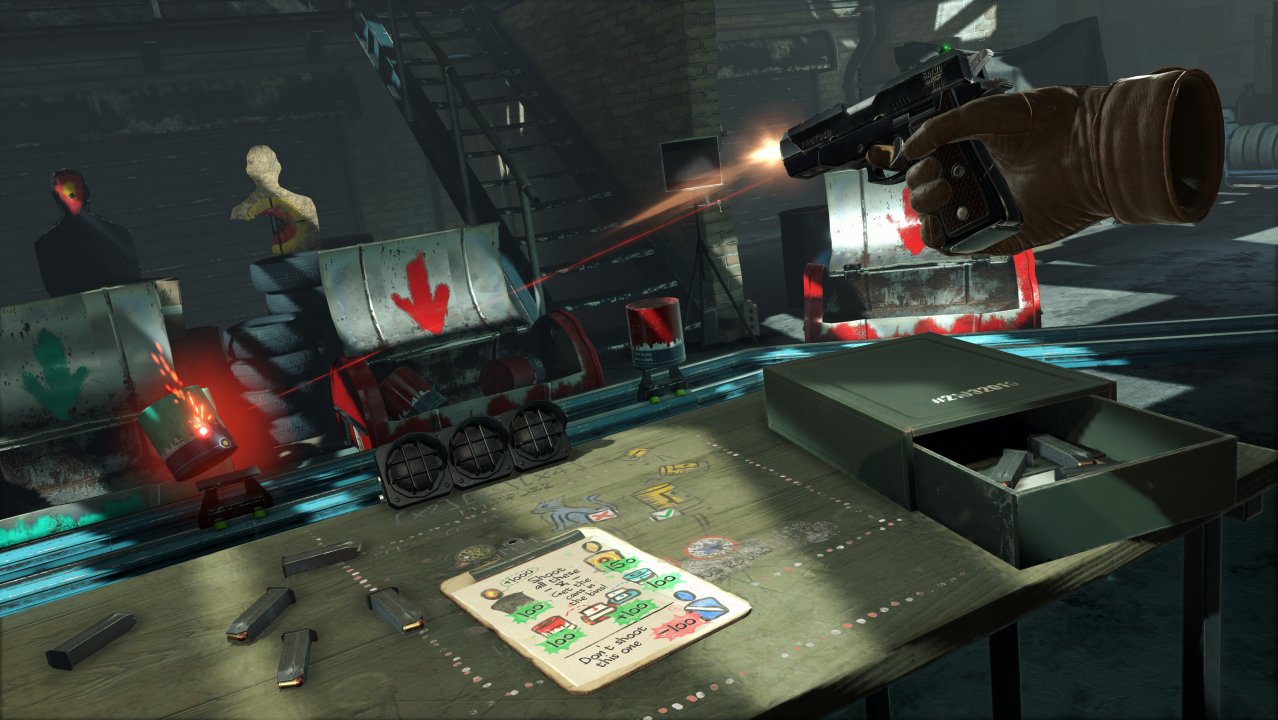
So the big question is: would we recommend PlayStation VR? It's very tough to say. First, you must decide if VR is even for you - the problems with nausea and motion sickness is a unique concern for virtual reality games, so Sony has smartly been offering demos of the unit at various retailers to help consumers decide. The issue of physical comfort is also important and not something that can be objectively assessed, as it's different for everyone. Compared to brief hands-on times with HTC Vive and Oculus Rift, in our experience the PS VR is a more comfortable headset to wear. Second, the launch lineup of games offers varying levels of quality, immersion and 360 degree integration. Some titles use the VR as simply a new perspective, others seem more focused on reviving the PS Move popularity, while some offer almost VR-defining gameplay. Going forward we hope to see the latter games appear more frequently. And finally, you must decide if the PS VR is worth it for you. If you've been dying to experience the next step in consumer technology, finally immersing yourself in virtual reality is a breathtaking experience, and the PS VR is certainly the easiest and most affordable way to take the plunge. Showcasing the system to your friends and family and seeing their reactions is also highly memorable, and for some all of these emotions and unique experiences put together make the PS VR easily worth the asking price.
But others may be a bit more apprehensive, and that's understandable as well. The system isn't exactly cheap, and given that it can live or die based on future game developer support, you're getting yourself into quite a commitment. The low quality of 360 degree videos and lackluster looking games will likely reduce your excitement further, as will occasional PS Move and PS VR tracking issues. If you don't happen to have an ideal setup, some re-organization of your playing space may be needed, and it's not so easy to do given the limited length cord of the PS Camera. The highly irritating issue of drift remains a mystery, and seems to occur in all sorts of setups, across many PS VR units, regardless of how many times you make adjustments or complete recalibrations. And last but not least, who knows - the excitement of VR may die out in a few years, and support could end. Do you remember the massive market push from Sony for 3D TV's (and their use in PS3 games) as well as PS Move? It didn't stop the company from ending their support for the technology relatively soon. All these issues are worth considering before making the plunge.
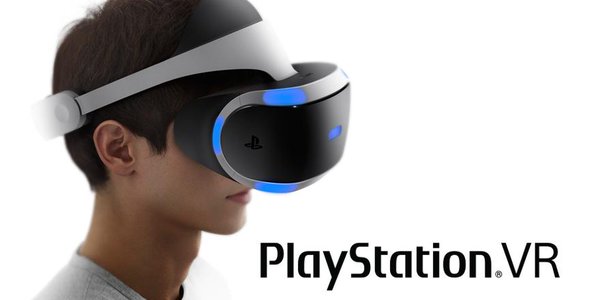
As such, the decision to jump into virtual reality, and indeed into PlayStation VR, is one that you must make for yourself. Hopefully this review has provided enough pros, cons, and tidbits to make an informed decision. We've done our best to address specific games' pros and cons in their respective reviews, but as for the hardware itself, Sony has definitely made an effort to make this the most cost-effective and user friendly VR experience of the year. Whether or not that is enough, only time will tell.
This review is based on spending a week and a half with the PS VR unit, loaned to us by PlayStation, and playing through a majority of launch games. An original launch day PS4 model was used.
 Comments
Comments









